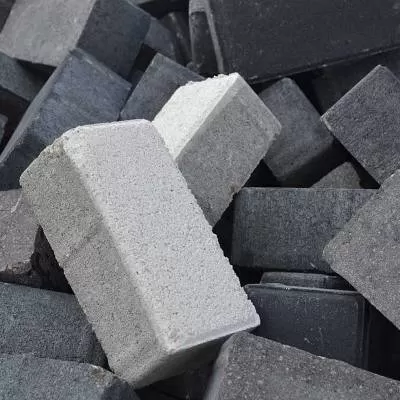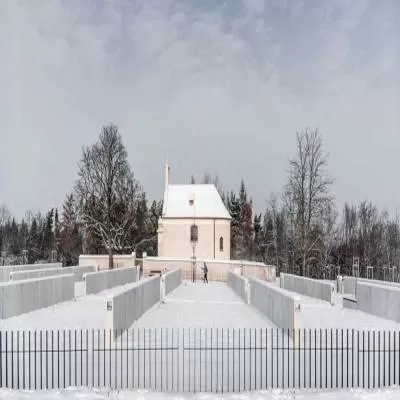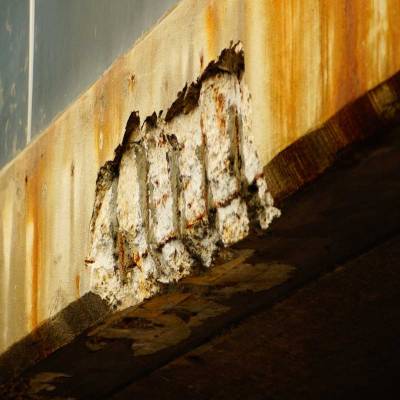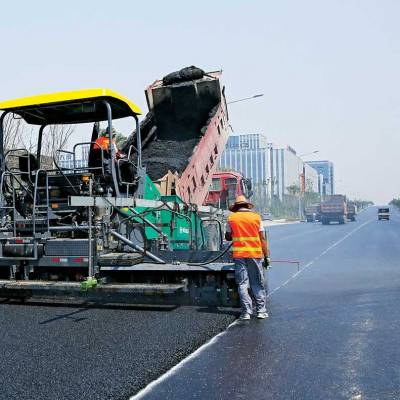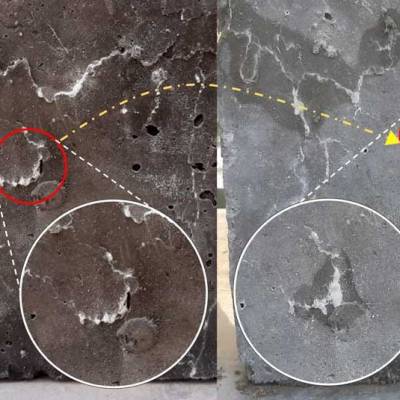- Home
- Building Material
- Concrete
- 'My sites are my laboratories,' says Jayant Kulkarni, Managing Director, Epicons Consultants

'My sites are my laboratories,' says Jayant Kulkarni, Managing Director, Epicons Consultants
An alumnus of the Veer Jijamata Institute of Technology, he began his journey in structural engineering during his college days. A group of four young civil engineers came together to start a consultancy firm. And what began as a group activity turned out to be a very individual passion for<span style="font-weight: bold;"> Jayant Kulkarni, Managing Director, Epicons Consultants.</span> Having trained under stalwarts of the likes of <span style="font-weight: bold;">Shirish Patel, founder of Shirish Patel & Associates, </span>who was instrumental in designing the Kemp's Corner Flyover in Mumbai, and Professor Anthony Remedios, who imbibed the basics of practical knowledge and field research, Kulkarni has been actively involved in the structural design of numerous projects. An ability to work on projects of multiple scales and a constant thirst to learn have gifted him with great opportunities across verticals. Little wonder then, that his enthusiasm for his profession remains rock solid, four decades on. Kulkarni shares some highlights of his journey and his perspectives on the industry:<br /> <br /> <span style="font-weight: bold;">Unique projects: </span>I've had the opportunity to work on the designing of the State Museum Complex of Goa. It was a combined effort by me and a senior member in the structural engineering segment. That was my first job in terms of a large area spanning around 2 lakh sq ft. It was also a large span project in terms of volume with works of 15- 20 m and required an excellent roofing system to accommodate skylight. The museum was located on the banks of Mandovi river and there was a lot of marine clay.<br /> <br /> The piling was as long as 25- 30 m. In this project, we made use of computer software to design a plan of full-scale magnitude. Another interesting project was to assess the conditions of buildings after the earthquake in Bhuj in 2002. We were based in Gandhinagar and had to survey the buildings, prepare a database and come to a conclusion on the status of the buildings. We had to rope in some juniors with little or no experience in data collection; they had to be trained to collect sample data, compile it and prepare a report. It was a tedious task for all involved. A slight mistake could have had a vast impact on the entire calculation-the entire area affected by the earthquake was going to be restructured on the basis of our report and there was no room for error! Most of the buildings were prone to multiple hazards. It was a different experience in terms of logistics, volume and personnel management. <br /> <br /> <span style="font-weight: bold;">Innovations and improvements: </span>There has been a lot of improvement in materials used for construction. Today, we have good-quality flowable concrete with high strength and performance. Previously, there was no research on construction materials; this has changed over time. The rise of the use of Indian Standard codes has brought a lot of standardisation. We have also seen the need to use micro piling adjacent to the existing building. At times, working at locations near the sea or where the salinity of the water had an impact on construction, we have had to improvise column sizes and, in a way, make construction 'stiffer'. This improvement could be done only because of advancements in concrete manufacturing and availability of new resources. Earlier, the entire structure had to be revamped or, in the worst case, abandoned. Growing awareness of standards and norms has made work easier and more disciplined. <br /> <br /> Advancement in construction chemicals has also started to show positive signs. The properties of concrete, in terms of strength and retaining capacity, have also changed. Further, one cannot ignore the development in construction equipment technology. Today, we have a range of highly automated equipment that has increased speed of operation. Increased use of shuttering systems has paved the road for further development. And the use of excavators and backhoe loaders has brought a change in project speed.<br /> <br /> <span style="font-weight: bold;">Tackling challenges:</span> It's tough to select the most challenging of my projects. However, the construction of Hotel Orchid, a luxury hotel in Balewadi, Pune, was a unique challenge. The construction of a luxury hotel has been a first for us. The 400-room hotel was constructed in a record time of 12 months. It has a 19-m canopy at the entrance and the top three floors are suspended from above. Steel columns were installed like an inclined structure. The first three floors are RCC while the rest is steel column. Another current project is the task of monitoring the quality of concrete used in construction in the Bandra-Kurla Complex (BKC) area of Mumbai; this includes the construction of a few buildings, a six-storied shopping mall, and a drive-in theatre. The major challenge is that as the structure is on the bank of the Mithi river, there are examples of concrete failures within five years of the structure being built up owing to the salts and the chemicals in the river. Basement construction is a challenge in such cases. We are monitoring the results of the impact of the river water coming in contact with the construction for the past three years. <br /> <br /> <span style="font-weight: bold;">Heritage conservation: </span>We have recently bagged a heritage conservation job for the Himachal Pradesh government. Viceregal Lodge in Shimla, formerly the residence of the British Viceroy of India, is the summer residence of the President of India. It is a huge structure spanning 10 lakh sq ft, of which nearly 3 lakh sq ft is in distress and has to be restored. There are many serious cracks as deep as 15-20 mm. It is a load-bearing structure coupled with wooden columns. We have to study the building structure, assess the failure and perform a root-cause analysis. At times there are chances of a structure failing completely as a result of the weak mortar and the leakages that result due to the aging of the structure. Keeping in mind these things, the project has to be worked on.<br /> <br /> <span style="font-weight: bold;">Mentoring juniors:</span> Structural engineering is an area that requires a lot of experience in fieldwork along with theoretical knowledge. There should be a balance of fieldwork and theory to bring out the best of engineers. There should be more focus on practical experience. The site is where one uses all the knowledge. Hence, just as doctors and chartered accountants have to undergo an internship prior to the completion of their education, the same should happen with civil and structural engineers as well.<br /> <br /> <span style="font-weight: bold;">Connecting with social causes: </span>I take time out to contribute to society. I strongly believe that society has contributed immensely to my own overall development. With this thought, I came up with the idea of 'We Need You'-it is an NGO that works in fields of children's education, women's empowerment and livelihood in the Ghansoli and Thane areas since 1987. This, for me, is a small way to thank the people of India.<br /> <br /> <br /> To share your engineering experience with us, write in at feedback@ConstructionWorld.in<br />


